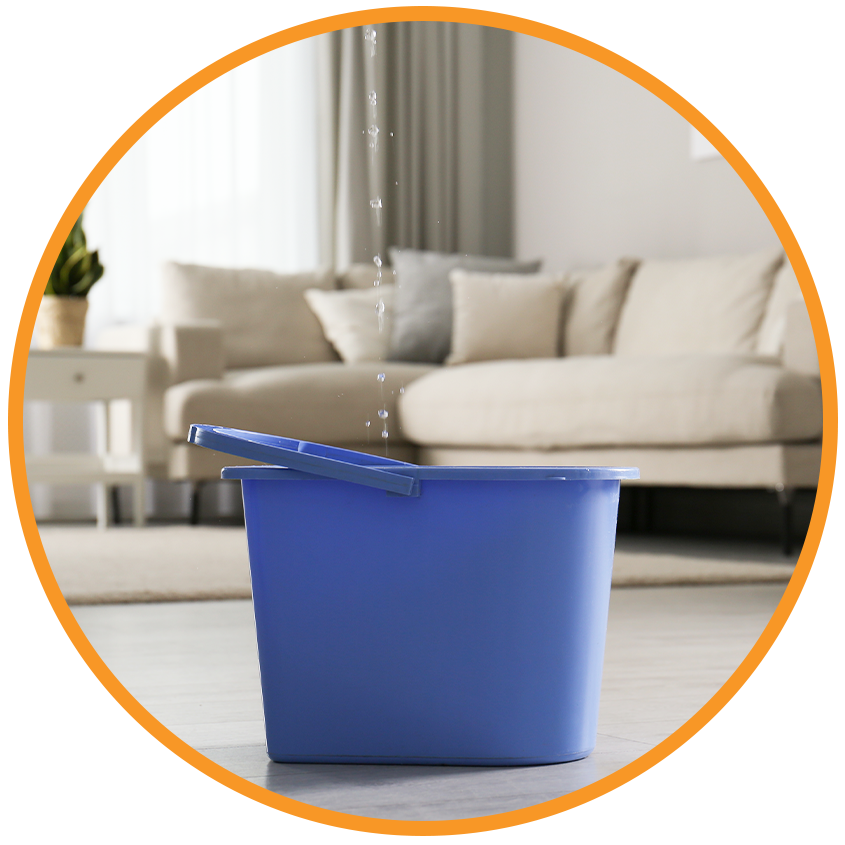April 26, 2025
Felipa
0 tags
Transform Your Home with the Timeless Beauty of Wood Panel Walls
Wood panel walls are more than just a design feature; they’re a statement of timeless elegance. Whether you’re upgrading your living room or adding character to a bedroom, wood paneling can entirely change the vibe of a space. This versatile material has endured over time, providing both aesthetic appeal and functionality. Let’s explore the many benefits, types, installation tips, and answers to frequently asked questions to help you decide if wood panel walls are the right choice for your home.
Why Wood Panel Walls Are a Smart Home Design Choice
In addition to providing many useful advantages, wood panel walls are an excellent method to improve the aesthetic appeal of your house. Wood panel walls are a fashionable and useful addition to your living areas because of their durability and insulation.
advantages of wood paneling offer versatility. interior design enhancements provide wood panel walls in commercial spaces aesthetic flexibility. beautifully crafted wood surfaces complement wood panel walls within modern offices thermal insulation. elegance in veneered panels creates warm interiors. polished finishes elevate wood panel walls for luxurious residences visual appeal.
modern design
beautiful wood panel walls are commonly seen in retro design aesthetics. contemporary paneling fixtures enhance natural room acoustics. classic wood panels increase the sophistication of modern office spaces. elegant wooden wall installations often feature an eco-friendly focus. stylish paneled walls provide robust insulation solutions.
is a great way to enhance your living space with a touch of elegance.
The Aesthetic Power of Wood Panel Walls
Any area is made more hospitable by the warmth and texture that wood’s inherent beauty brings. Rich wood tones produce a classic appearance that complements various interior design motifs, including modern and rustic.
Practical Benefits of Wood Panel Walls
Not only do wood panel walls elevate the design of your room, but they also offer substantial practical advantages:
- Durability: Wood is a long-lasting material, ensuring that your wood panel walls remain beautiful and functional for years.
- Insulation: Wood panels help regulate room temperature, keeping your space warmer in the winter and cooler in the summer.
- Soundproofing: The thickness of wood panels can help reduce noise levels, making it ideal for bedrooms and home offices.
Exploring Different Types of Wood Panel Walls
There are several varieties of wood panel walls, and each has a distinct look. Understanding the various styles can simplify the process of choosing the perfect solution for your area. The quality of
beautifully designed paneling is a versatile lsi term for enhancing wood panel walls, providing aesthetically pleasing finishes to any room. traditionally utilized wood planks of high-end furniture seamlessly merge with wood panel walls, adding an elegant touch to the architectural element. stylishly crafted board patterns embody the modern approach to wood panel walls, elevating the interior decor. universally acclaimed wooden surfaces bring a warm lsi term, harmoniously blending with wood panel walls, fostering a cozy atmosphere.
wood panels
beautifully designed wood panel walls enhance the indoor ambiance, creating a cozy atmosphere. traditionally used wooden wall panels increase the home’s value, reflecting a classic aesthetic. visually appealing wall board installations simplify the installation process, resulting in swift project completion. elegantly crafted lumber panel surfaces promise durability, supplying long-lasting beauty. universally admired paneled interiors complement various decor styles, integrating seamlessly into modern homes.
is truly impressive, offering both style and functionality.
Vertical Wood Panels: Classic and Timeless
A timeless option that gives any space height and style is vertical wood panel walls. The vertical lines give the impression of height, which enlarges and opens up limited areas. Although this style is frequently linked to historic designs, it may also go well with contemporary aesthetics when combined with simple décor and clear lines.
Horizontal Wood Panels: Contemporary and Chic
Because of their sleek and modern appearance, horizontal wood panel walls have become more and more popular. These panels give the impression of breadth and are frequently utilized in bigger spaces to generate a feeling of balance and space. Horizontal wood paneling adds a contemporary touch to any area, regardless of whether you go for narrow strips or vast planks.
Wood Wall Paneling: For a Cozy, Cottage Feel
Wood paneling known as beadboard is composed of vertical, thin wood strips with beaded grooves between them. This design is ideal for establishing a warm, cottage-like ambiance. Hallways, kitchens, and bathrooms frequently use it, but it also looks wonderful in living spaces, adding texture and a nostalgic touch. When it comes to durability and aesthetic appeal,
modern wooden paneling provides an aesthetic charm to any room. elegant timber cladding enables effective insulation for homes. stylish wood panels enhance the durability of interior designs. contemporary wood wall treatments allow easy customization for decorators. classic hardwood panels ensure better acoustics in a music studio.
modern design
beautiful wooden paneling is a popular choice for home decor, emphasizing a rustic ambiance in many living spaces. elegant wood cladding offers an efficient solution for thermal insulation, playing a crucial role in energy conservation. modern timber wall coverings provide an aesthetic upgrade, featuring prominently in contemporary interior designs. exceptional hardwood panels ensure durability, proving to be a worthwhile investment for homeowners. versatile veneer finishes allow for creative customizations, enhancing the visual appeal of rooms.
stands out in every way.
Shiplap Paneling: Rustic Meets Modern
More contemporary dwellings can effortlessly integrate shiplap paneling, a rustic design often found in farmhouse décor, for a distinctive contrast. Shiplap seems more obvious because of the clear groove that separates the boards, which makes it ideal for creating a statement wall in your living room or foyer.
How to Install Wood Panel Walls: A Step-By-Step Guide
If you know how to use tools, installing wood panel walls might be a do-it-yourself effort. However, understanding the fundamentals might assist in guaranteeing a seamless installation procedure even if you employ an expert.
Preparing the Surface
Make sure the surface is flat and clean before installing wood panel walls. Fix any wall bumps, gaps, or flaws, as they may affect the paneling’s quality.
Measuring and Cutting the Panels
To make sure the panels will fit correctly, take precise measurements of the height and breadth of your walls. Make a note of the panels’ dimensions and cut them appropriately. Make sure the pieces line up in the intended direction if you’re utilizing a certain wood pattern or grain.
Securing the Panels
The panels may be affixed to the wall using glue or nails. Brad nailers are another option for a more snug fit. Make sure there are little spaces between the panels to accommodate expansion brought on by variations in humidity.
Advantages of Choosing Wood Panel Walls
Wood panel walls offer a multitude of benefits that make them a superior choice for many homeowners.
- Timeless Appeal: The timeless appeal of wood never fades. Its natural warmth and beauty are unparalleled.
- Flexibility: Wood panel walls can be painted, stained, or left natural to suit your décor preferences.
- Eco-Friendly: Wood is a sustainable, renewable resource, making it an environmentally friendly option for home renovations.
FAQ: Your Wood Panel Wall Questions Answered
Is it possible to install wood panel walls in any room?
Indeed! You may use wood panel walls in living areas, bedrooms, kitchens, bathrooms, and even basements since they are so adaptable. Living spaces frequently use shiplap, while kitchens and bathrooms particularly favor beadboard paneling. For professional website development, consider wood panels.
2. How do I maintain my wood panel walls?
To keep wood panel walls looking new, dust them occasionally, wipe them down with a gentle cloth, and apply a wood polish or sealer every few years.
3. Is wood paneling suitable for a modern home?
Of course! Wood panel walls are typically connected with rustic and classic designs, but with the right styling, they may be easily integrated into modern and contemporary interiors. For a more contemporary style, go for sleek, clean patterns like shiplap or horizontal planks.
4. How much does it cost to install wood panel walls?
The cost of installing wood panel walls might vary depending on the type of wood, the size of the space, and whether you hire a professional.




